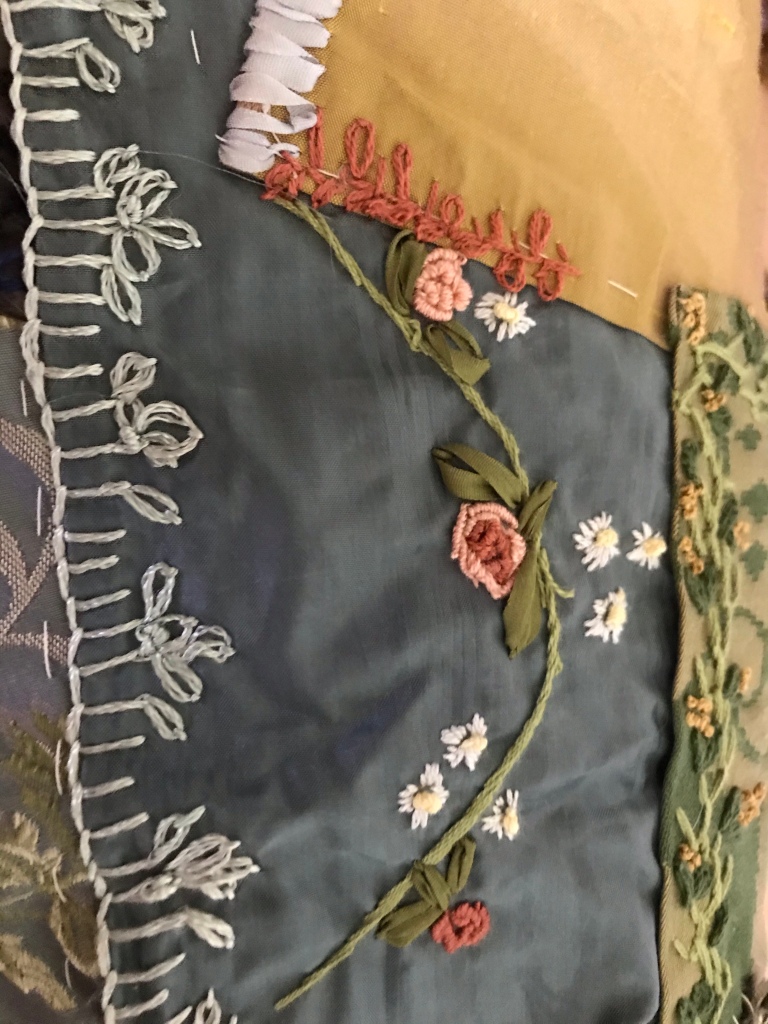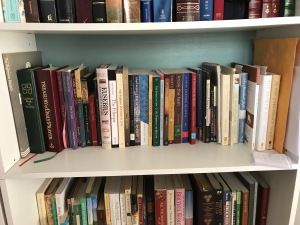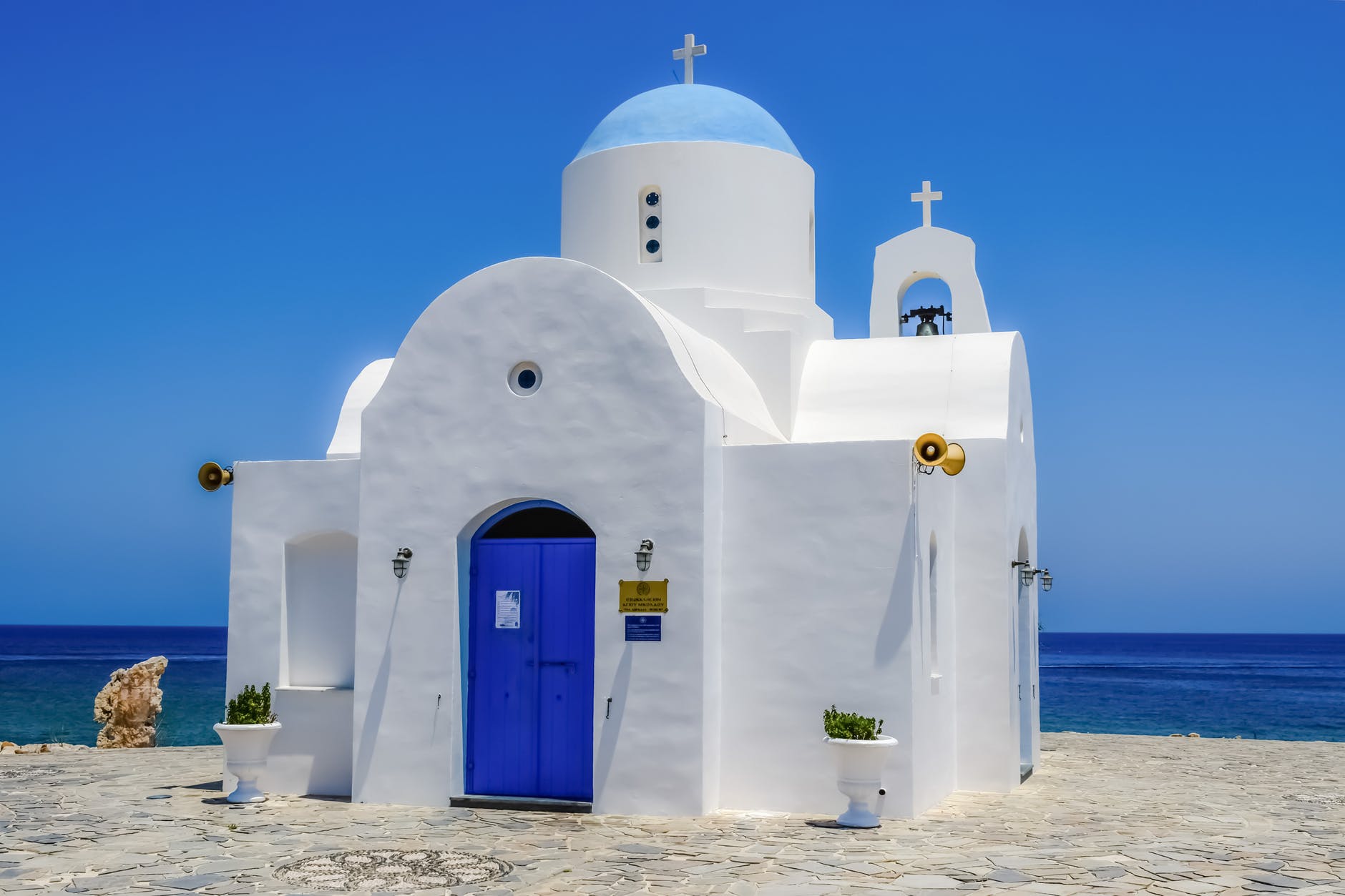I just read an extraordinarily timely book entitled, Gratitude In Life’s Trenches. This new book by Robin Phillips is on a subject near and dear to my life-gratitude. The book thankfully is not about the ubiquitous, self-help propagated, “Be thankful for all the things that make you happy” nonsense that abounds in books and blogs today.
This book is about real, solid sustenance that can bring a person through the storms without drowning.
This book is about gratitude as Christian practice and recognizes the hard work that builds the spiritual muscle to endure when life shipwrecks your plans and “happiness”.
In a world where countless lives have been disrupted and most of us need strength to cope with lives that are less than perfect this book provides solid, thought-provoking yet eminently accessible ideas for how to live a full life even when that life is stunted, stymied, and shut-down.
Gratitude In Life’s Trenches appears a time when we are becoming more aware that the stress which bows us beneath its weight does not come entirely from our outer circumstances. Robin Phillips begins with the recognition that the meaning of our life does not consist in outward accomplishments, but in our self-awareness and attitude.
By considering our “valuation” we can recognize the crucial difference between appraising our value as children of God as opposed to contemporary fallacies of “self-esteem” which can easily cause us to lose our sense of value when our circumstances limit us. This is a common cause of our poor opinion of other people.
In an era when polarization is destroying our ability to converse rationally with people with whom we disagree, we must recognize the value of every human being. Respect for others does not depend upon our agreement with them, but it is impossible if our sense of self-worth is dependant on our accomplishment.
Self-loathing and pride are opposite ends of the same fallacy. We do not find value in our performance or persona. Our “likes” do not make us worthy of respect but that does not mean that truth is relative.
The range of source material that went into Gratitude In Life’s Trenches has greatly added to its appeal to me. Our Thoughts Determine Our Lives is combined with the latest research on neuroplasticity in a cogent appraisal of contemplative exercises and CBT.
Robin Phillips uses resources diverse as Dietrich Bonhoeffer, Victor Frankl, and St. Theophan the Recluse,and St. John Chrysostom. By using a broad and careful application of such comprehensive source material he has created a book that is infinitely worth the time to read and apply. Each chapter includes not only detailed notes, and bibliography but also thought-provoking questions. This would make an excellent study book for groups and a fruitful starting point for individual journaling and reflection.
By combining his own personal story and struggles Robin Phillips leads the reader to recognize that gratitude and attitude are not sterile scientific or salvific attributes that we can merely memorize. Rather it is in the messy application of the principals that we receive the results all humans crave. Practice is a crucial component in any life-skill.
Gratitude In Life’s Trenches honestly is as the sub-title promises, How to Experience the Good Life Even When Everything Is Going Wrong. I hoped to grab a picture of this new book before I had flagged it, but it was so easy to read that once I began to peruse it I couldn’t resist noting details I will go back to and practice again and again.
I am delighted to tell you that this book is now available for purchase and I would have bought it immediately if I had not received a review copy. I will be re-reading and practicing the life-skills Robin Phillips discusses many times over.






 Each day the Church remembers a long list of saints. We may wonder why each day has so many otherwise forgotten names attached to the Church calendar. These are the names of some of those who gave their all for Christ. A Daily Calendar of Saints, by Lawrence R. Farley is a new publication by Ancient Faith Publishing that provides an introduction to the saints of the ages for the modern reader.
Each day the Church remembers a long list of saints. We may wonder why each day has so many otherwise forgotten names attached to the Church calendar. These are the names of some of those who gave their all for Christ. A Daily Calendar of Saints, by Lawrence R. Farley is a new publication by Ancient Faith Publishing that provides an introduction to the saints of the ages for the modern reader.













